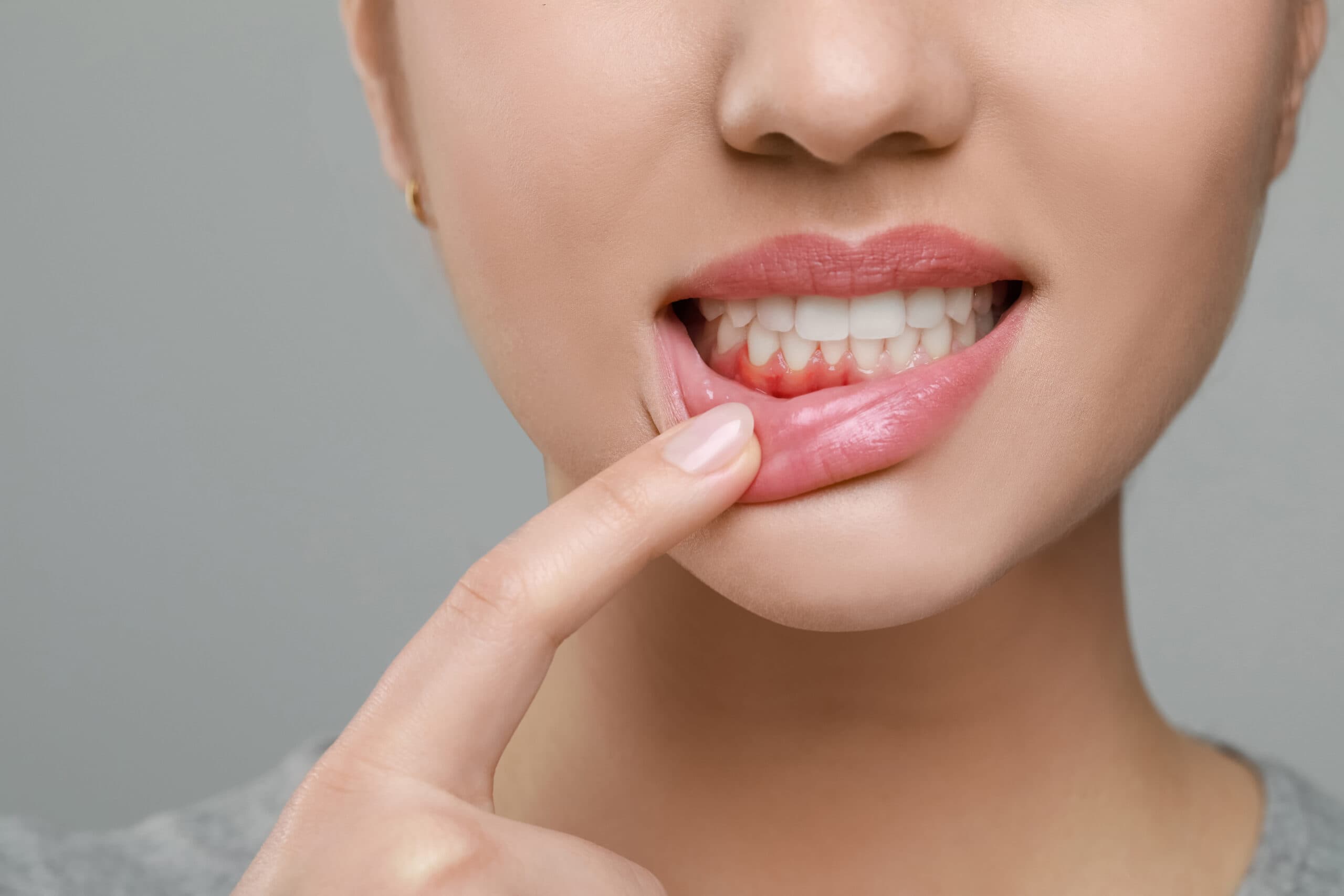Not all common dental problems can be avoided completely, but with preventative measures, like good oral hygiene, you hopefully won’t have to suffer from them. If you want a healthy, longlasting smile, it will take work, but the efforts far outweigh the complications that arise if you abstain from some fairly easy to manage routine dental habits.
In fact, common dental problems, really don’t have to be common, at all. Many oral health issues are due to negligence. Adopting a regular routine which includes the following will help ensure you ward off any of the most common dental problems:
- Brushing after every meal
- Using fluoridated toothpaste
- Flossing every day
- Visiting the dentist regularly
- Eating healthily
- Avoiding smoking
- Resisting excessive amounts of sugary foods
What are 5 common dental problems?
Cavities/Tooth Decay
Cavities are tiny holes created in your teeth. These crevices are caused by plaque from sugary and starchy foods when they are allowed to settle on the surface of your teeth. Inside your mouth are bacteria that feed on sugar and starch thus leading to the protective coat of your teeth (enamel) to slowly deteriorate. This then leads to tooth decay which will most likely need fillings.
What are signs of a cavity?
- Toothache
- Sensitivity
- Sudden pain when eating or drinking something cold or sweet
- Visible holes on the surface of your teeth
- Tooth stains
- Pain when biting
If you’re suffering from one or more of these, call the dentist’s office and ask to be seen soon. Cavities can lead to serious infections.
Gum Disease
Gum disease is the most common dental health problem among adults and has three developing stages starting with gingivitis. Gingivitis is a gum disease that is reversible but, if not treated properly, may lead to a more serious problem call periodontal disease.
Periodontal disease is very serious and must be treated as such. Otherwise, it will lead to stage three of gum disease also known as advanced periodontal disease which causes teeth to fall out of your mouth.
These are symptoms of gum disease:
- Bad breath – halitosis can be the very first but most often overlooked sign of gingivitis.
- Bleeding gums – do your gums bleed when you floss or brush? This can be a sign of compromised gums.
- Puffy gums – healthy gums are supposed to have a pink color and tight around the base of your teeth. If you see swelling, redness or tenderness around the base where your teeth meet your gums, call your dentist.
- Loose Teeth – loose teeth might be signs of severe periodontal disease already. Don’t take it lightly. Get it treated as soon as possible to lessen the risk of needing replacement.
- Pus– if you start noticing pus around the base of your teeth, this is a sign of a more serious infection that could easily spread to other parts of your mouth.
Bad Breath
It’s estimated that more than 60% of Americans suffer from bad breath (also known as halitosis) and it isn’t necessarily the result of pungent foods like onions and garlic. Often it’s a sign that it’s time to up your dental hygiene game. Sometimes it’s a red flag of an underlying health problem.
In some instances, bad breath can be an indicator of a more serious health condition. These include:
- Chronic acid reflux
- Diabetes
- Kidney failure
- Liver disease
Dry Mouth
Dry mouth, known as “xerostomia,” happens for reasons other than thirst. Sometimes it’s the result of nerves, anxiety, or stress. Some medications such as antihistamines, antidepressants, and certain analgesics cause xerostomia. Whatever the reason, it means you aren’t producing enough saliva, which is hugely important to your oral health.
Saliva is predominantly composed of water. It contains important substances that the body needs to digest food and keep the teeth strong. When your body doesn’t make enough of it, your gums become swollen and uncomfortable. Inflamed gums are where bacteria have a place to grow and spread making you susceptible to infection.
In an effort to wet your mouth, try these:
- Water
- Ice chips
- Sugarless chewing gum
Oral Cancer
Oral cancer is considered to be a head and neck cancer. Of all the head and neck cancer cases in the United States, 85% of that is oral cancer. In the US alone, approximately 54,000 diagnosed cases have been reported resulting to 13,500 deaths per year.
It starts with a small pinkish growth in the mouth. It’s unlikely to be noticed since our mouths don’t innately have smooth surfaces and are naturally pink or reddish in color. This is one of the many reasons why seeing a dentist is so important. Dentists know what to look out for on regular checkups and would be able to recommend further testing if needed.
Oral cancer is commonly caused by smoking and drinking. Smokers – heavy or light – should have regular dental checkups and cleanings to decrease their chances of getting oral cancer as should those who indulge in alcoholic drinks.
What Can You Do?
With diligence and mindfulness, you can avoid most of these dental health problems. Follow the advice from your dentists and hygienists, eat well, brush and floss, and take care of your general wellbeing. If you have any pain or discomfort, contact our office. Our team looks forward to helping you with your checkups and any other appointments you may need to schedule.





